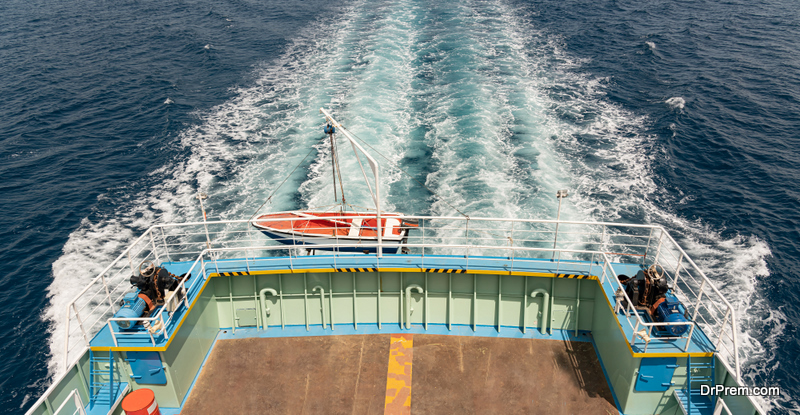At a time when environmental awareness is paramount, people are increasingly looking for eco-friendly ways to travel. As concerns about climate change grow, the importance of reducing our carbon footprint cannot be overstated. An effective way to achieve this is to choose sustainable modes of transport. Of the multitude of options available, ferries stand out as an eco-friendly option that has a relatively low carbon footprint compared to other modes of transport.
Ferries are an essential part of many coastal communities and provide essential transportation services to residents and tourists. What sets ferries apart from other forms of transport is their relatively low carbon footprint. The carbon footprint of ferries is often fueled by cleaner-burning diesel or increasingly with alternative fuels such as natural gas or electricity. These options produce far less greenhouse gas emissions than traditional petrol or diesel vehicles.
In addition, ferries also have the advantage of carrying a huge number of passengers and vehicles in one trip, which allows emissions to be spread over a larger number of passengers. When considering the fuel efficiency and volume of a ferry, it becomes clear that this is a sustainable alternative to reducing individual carbon emissions.
Ecological Benefits of Ferry Travel
1. Reduce air pollution
Ferries contribute to less air pollution than many other forms of transport. The use of cleaner fuels and developed engine technology have resulted in significant reductions in harmful emissions such as nitrous oxide and particulate matter.
2. Energy Efficiency
Ferries are well known for their fuel economy, especially when compared to single-passenger vehicles. The ability to carry multiple passengers and vehicles simultaneously reduces energy waste per passenger.
3. Reduce traffic jams
By taking the ferry, travelers can elude congested highways and reduce idling time in traffic jams. This not only saves time, but also demotes fuel consumption and emissions from stationary vehicles.
4. Sightseeing trips
Ferries often offer stunning views of the coast and waterways. This unique travel experience buck up passengers to build up the natural beauty around them and fosters a deeper affinity with the environment.
5. Promoting sustainable tourism
Many coastal regions depend on tourism for a living. The choice of ferry supports the local economy and encourages accountable tourism practices that categorize environmental conservation.
Tips for Responsible Ferry Travel
While ferries are an eco-friendly alternative to traveling, there are ways to make your trip more eco-friendly
1. Select electric ferry
If possible, choose ferries that run on electricity or other sustainable energy sources. These ferries have a considerably lower carbon footprint than those that use fossil fuels.
2. Minimize vehicle use
Consider leaving your car behind and using public transport or renting a more fuel-efficient vehicle at your destination.
3. Reduce waste
Practice amenable waste disposal during your ferry ride. Use designated recovery bins and dispose of waste appropriately to avoid littering sensitive coastal environments.
4. Support local businesses
During your trip, prioritize local businesses that follow justifiable practices. This helps lower the environmental impact of your trip and supports the neighborhood you visit.
Conclusion
Choosing green means of transport is not only a trend but also a responsible choice that helps both the environment and future generations. Ferries, with their relatively low carbon footprint, offer an appealing option for those looking to reduce their impact on the planet. By making firm choices and adopting sustainable tourism practices, we can all contribute to a healthier and more sustainable world while enjoying the beauty and wonder of nature.
Article Submitted By Community Writer




